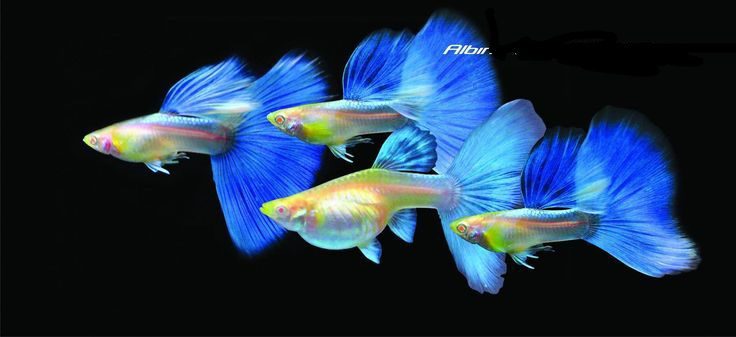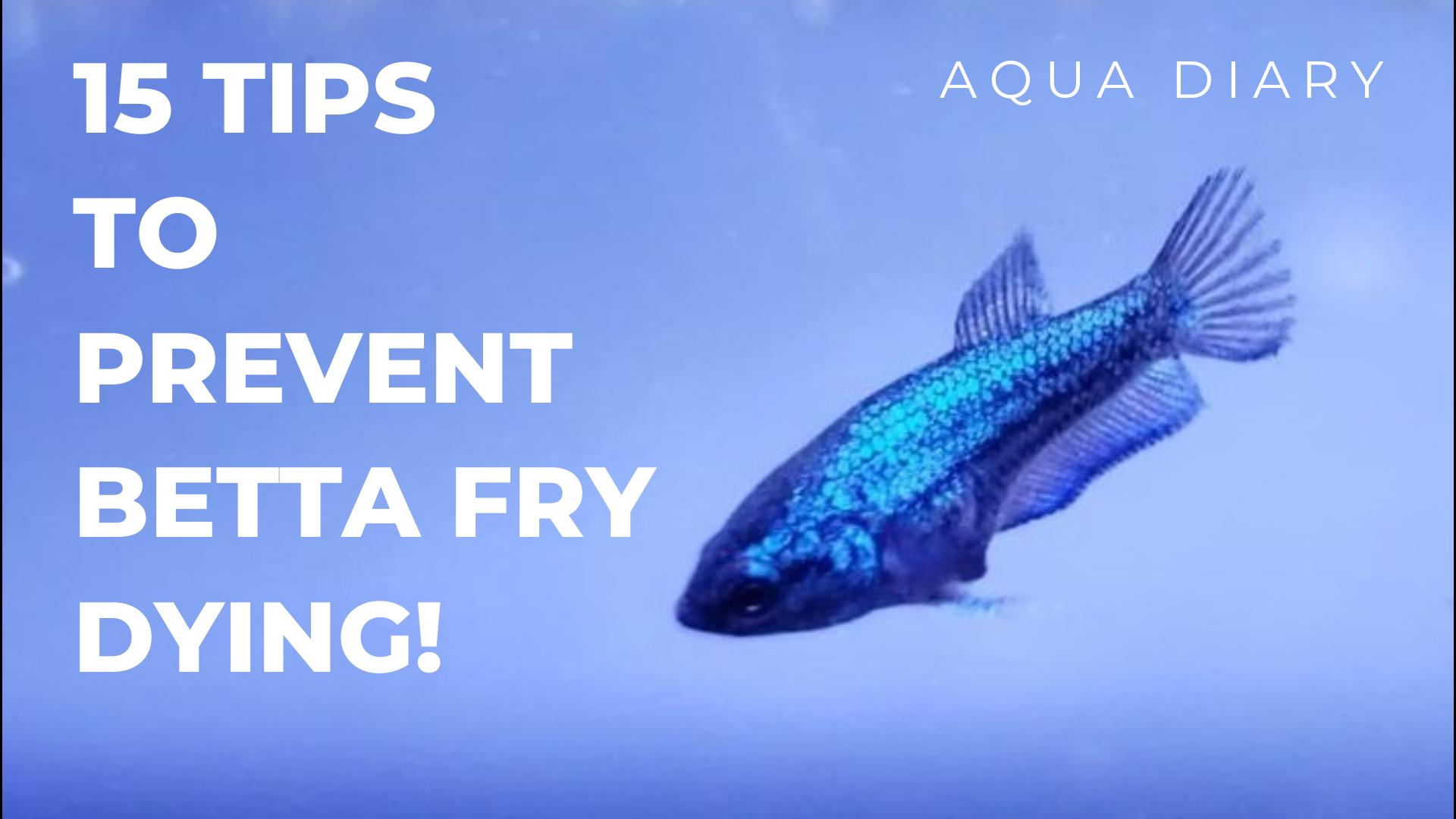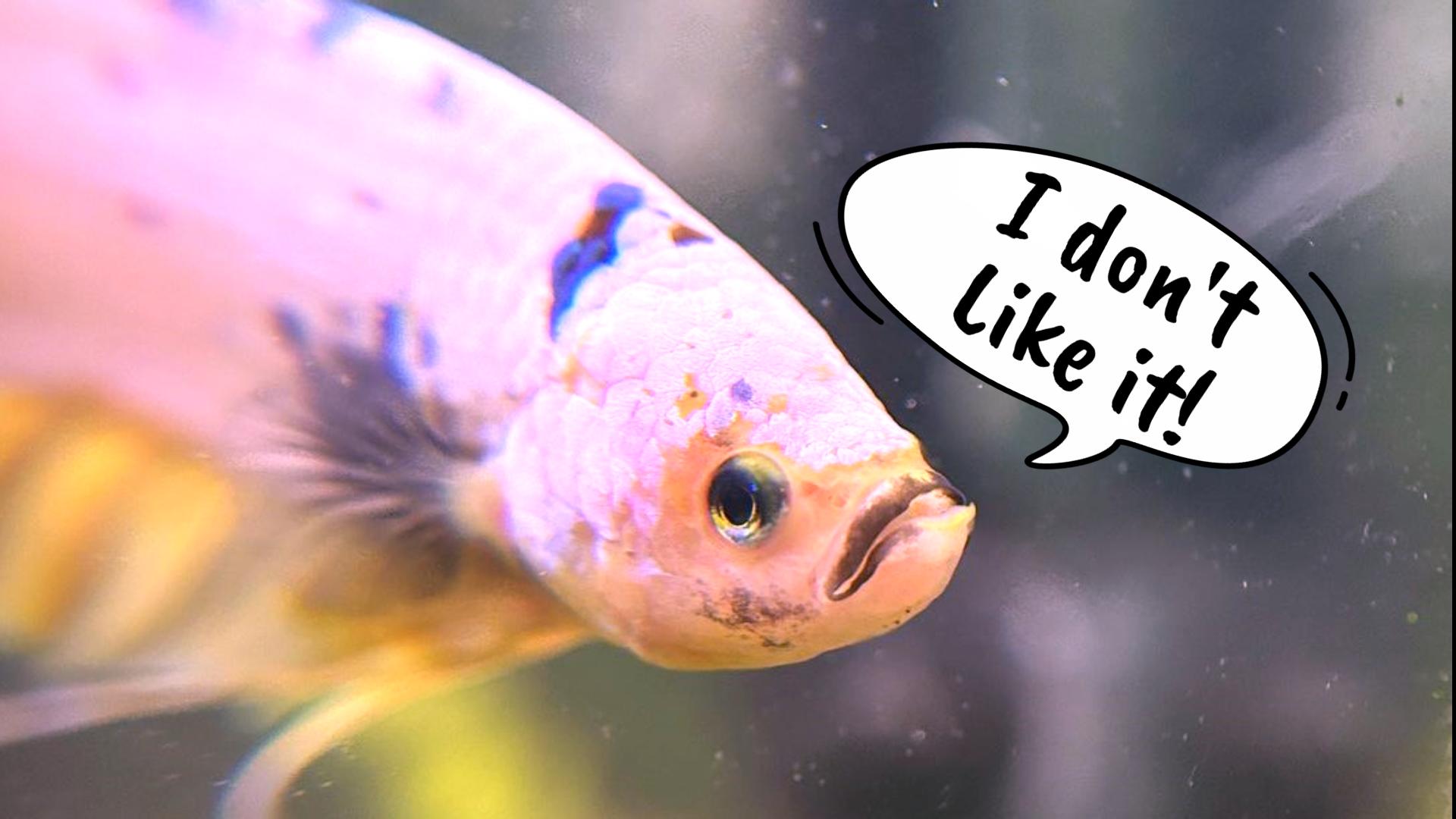Breeding betta fish and raising betta fries are the most exciting parts of betta fish keeping. However, even the most experienced breeders sometimes have problems breeding betta fish if they don’t follow the process correctly. In this blog, we will see 8 common mistakes that you should avoid when breeding betta fish to increase your chances of successful breeding. Let’s get started.

#1. Picking the wrong betta fish.
The male and female Betta fish need to be compatible to breed. Often, betta fish won’t breed if they are not compatible with their mate. Observe whether your betta fish makes bubble nests in its tank. Male betta fish need to build quality bubble nests to attract females when they get ready to mate. There’s a very good chance the male isn’t ready to mate yet if he doesn’t make a bubble nest or if it’s poor quality.
Females with whitish egg spots on their undersides are mature for breeding. There’s a chance a female Betta won’t be able to breed if she doesn’t have a visible egg spot.
A male betta fish can kill a female betta fish if it is too aggressive. You should avoid male betta fish that are too aggressive all the time. A female betta fish that is aggressive can be considered to breed since she will be able to sustain herself better against a male.
You should also avoid picking a female betta fish that is larger than a male betta fish. In some cases, this causes the male to be scared of the female. In addition, male betta fish will have difficulty wrapping their body around the female. So, picking a smaller male against a larger female makes it hard to mate.
#2. Bad tank and water conditions – Betta fish breeding
The breeding tank environment plays a very important role in the process of breeding betta fishes. If your tank water parameters and temperature are not comfortable, betta fishes may show less interest in breeding. Even if they spawn, the eggs will not develop normally in bad water conditions. As a result, the eggs may catch fungus and die.
Make sure your tank is heated to 74° to 79°F for optimal comfort and metabolic efficiency. Cold water will not provide the best breeding environment.
Keep the breeding tank conditioned by adding an antibacterial solution or almond leaves. I usually add a pinch of salt to my mating and grow-out tank. Keeping the water clean prevents eggs from growing fungus and fries from dying.
#3. Betta is too young or old
It’s important to have your betta fish between the ages of 4 – 12 months to breed. It can be a problem if your bettas aren’t in this range because the chances of them breeding are very low. Immature females can’t lay eggs. Therefore, less than a 4-month-old female can’t be bred. Also, you should avoid considering older females as they can’t release eggs due to aging.
On the other hand, breeding with younger male bettas will produce more fry. The breeding process takes a lot of effort for male betta fish; so usually older betta fish can’t stand and get sick sometimes during the process.
#4. No proper conditioning – Betta fish breeding
Betta fish will not breed successfully if they are not conditioned properly before breeding. It is highly recommended to feed betta fish for at least 2 weeks with nutritional products such as daphnia, bloodworms, brine shrimp, or other high-protein foods. Especially, male betta fishes don’t eat while spawning is in progress; so it’s very important to prepare them with a proper diet before breeding.
Also, don’t ever release female betta fish right away into the tank. Always consider introducing female betta fish in a glass container inside the male’s tank to get them conditioned. Once the male betta settles down with the female by creating a bubble nest, release the female betta fish. Failure to follow this step may result in an unsuccessful breeding attempt.
#5. Disturbing the tank
Keep checking the tank frequently is one of the most common issues for beginners which results in breeding failure. Do not keep checking on your fish every few minutes. This will make them stressed in the breeding tank. Stressed betta fish will not spawn. Also, avoid keeping the tank lights on all the time. Of course, they need some privacy and no stress during the mating process.

#6. Separating betta male quickly or late – Betta fish breeding
Separating male betta fish from the tank must happen at the right time. After around 36 hours, the fry will start to wiggle out of their bubble nests. It’s too soon for them to hatch, and the male betta will catch them and put them back in the nest. During this time, the male betta will hang around beneath the bubble nest, keeping an eye on his babies. The betta fry should hatch after around four days. Also, the fry will land on the bottom of the tank sometimes until they get familiar with swimming. Here again, the male betta helps the fry to start swimming which is critical. Once most of the fry are hatched and started swimming, At this point, it’s best to take male betta fish out of the tank, as he may try eating his children.
Don’t get panicky and remove the male betta fish when you notice him eating eggs. This is also the most common reason for ending up with very little fry from the breeding event. There are several reasons why males eat eggs. Males will eat them if they aren’t fertilized. This prevents fungus from growing and killing other fertilized eggs. Males may also eat eggs that do not develop properly as they are growing. It is part of the breeding process.
#7. Removing the Female Betta fish late
Upon laying all the eggs, the male will let go of the female and begin taking the eggs to the bubble nest. It’s time to remove the female. Because some females do eat their eggs. There’s no need for a female to stay in the tank since only the male cares for the eggs. If you keep female fish in a tank after this point, you might not get as many fry.
#8. Feeding mistakes – Betta fish breeding
It’s best not to feed the male until the eggs have hatched. Usually, male betta fish eat unfertilized eggs during the breeding process to keep the tank healthy. Feeding food may result in the creation of ammonia and fungus in the tank which may kill eggs and fry. Betta fry must be fed with micro food options like baby brine shrimps, infusoria, and micro-worms that can be consumed by those tiny creatures. Must avoid pet-store artificial food products which can’t be hard to digest and result in death.
Do you know any other common breeding mistakes? Have you had any issues breeding betta fish? Please let us know what you think in the comments section below. Thank you for checking. See you in the next post.





